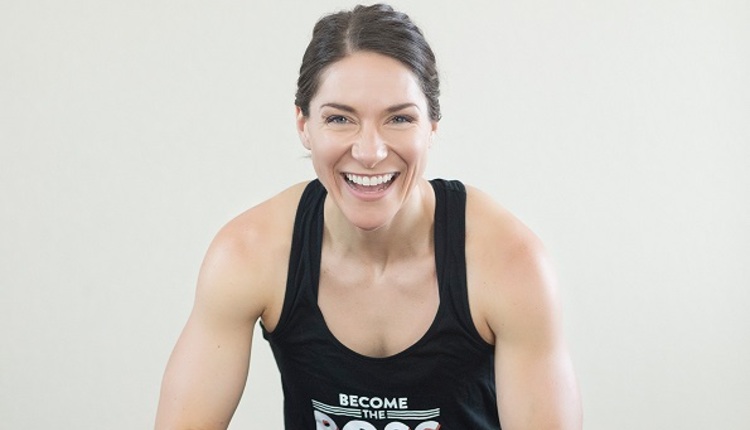
There is a certain perception of online personal training in the current market, and it’s not always a positive one. The visual of “the Instagram Trainer” is prominent – a well-muscled physique and a link for personalized training plans. It can be frustrating for credentialed professionals to see this likely unqualified group mucking up the industry and confusing consumers.
Yes, the online space can be a bit of the Wild West, but it’s also ripe with opportunity for qualified coaches and trainers looking for ways to grow outside the traditional in-person training space. It’s a great way to reach a wider market with something unique, or to expand your current business to a broader audience.
The best way to think about online training is simply as an extension of what you already do in-person, or in your facility.
You have a business model, you have a philosophy, you have a training style and clientele. All of those things can translate into the online space.
You can do almost exactly what you do in person online. One-on-one, group, athletic training, lifestyle coaching – all of it has a place virtually, too. Developing an online version of your service offerings provides flexibility and accountability for clients, with structure, but not too much structure. It offers enough freedom for them to succeed with your targeted support.
It can be intimidating to think about how to start this endeavor, but in reality it comes down to thinking about it in a similar way to how you started your in-person business. Sure, there are tweaks and unique challenges, but the number one thing is to start.
It’s likely that you have some level of infrastructure set up already for your in-person business. With a few adjustments, you can easily leverage your existing platforms for use in online training.
Start with your website
There was a day when this wasn’t important, but the fact is, most people will Google first these days. When they do, you want to be there. When they click, you want them to be impressed so they click more.
A website is the best way to get SEO rankings and show up on that first search page. A website is the best way to create a comprehensive digital presence. Yes, you want social media, but it’s not enough.
For your best chances at acquisition in a crowded field, a website is a critical part of your overall strategy. Make sure that you add your online offerings to your services page. Make it easy to contact you, and you’re off and running.
Lean into your strong suits as an in-person trainer
This is a combination of your qualifications and experience professionally, and your distinct personality as a service provider. What sets you apart in your local market? What do your clients love most about you? How can you play that up on your website and social media? The online marketplace is noisy, and you want to break through with not only your high-quality service offerings, but also your unique personality. Skillset and expertise are important but letting yourself shine through is going to be the difference-maker in attracting new clients online.
Share your expertise
Piggybacking on the above, you know what you’re good at. Find a way to share that with the world. Maybe it’s quick social media tutorials. Maybe it’s longer-form blog posts or YouTube videos. It doesn’t matter exactly what format your content takes, but it does matter that you have content out there, and consistently – the majority of it for free.
Consider crafting a specific calendar and strategy, but at the very least use your website blog to release new content each week. It helps your SEO rankings, and it helps build your credibility.
Stay in your wheelhouse
Again, you know what you’re good at. The temptation to do a little bit of everything can be very strong, but it’s important to resist. If you’re a personal trainer specializing in functional fitness in-person, there’s no reason to start putting out content about pre-natal fitness, meal planning, and athletic drills online. Stick to your core service offerings and modify as necessary for virtual delivery.
It might take a bit for the traffic to build, but the people you’re resonating with will become your people, and then, they’ll become your customers and clients. The people who aren’t into what you do aren’t your clients, and that’s OK. Don’t stretch for it.
Be you
The most important thing is to stay true to your mission and values. Make sure to keep that theme rolling throughout your content and your platforms. People like a story – they also like a give – but they like it to be relatable, and they want to know what you’re about before they spend their money with you. Just as you must build trust in your community before people will walk through the doors of your gym, you have to build trust with a virtual audience before they will decide to sign on with you instead of someone else.
In the end, think about bringing your business to the internet and branding online like exercise. At first it is hard and feels weird and you're not totally sure what you're doing and it's very tempting to quit. But as you do it, you get better, you start seeing baby results, you find a few people who will cheerlead you on. Before you know it, it feels like second nature, you're raking in the sales, you're hitting your stride and people are asking you how you do it. It’s ever-evolving, and it will look very different over time. But you have to start!















